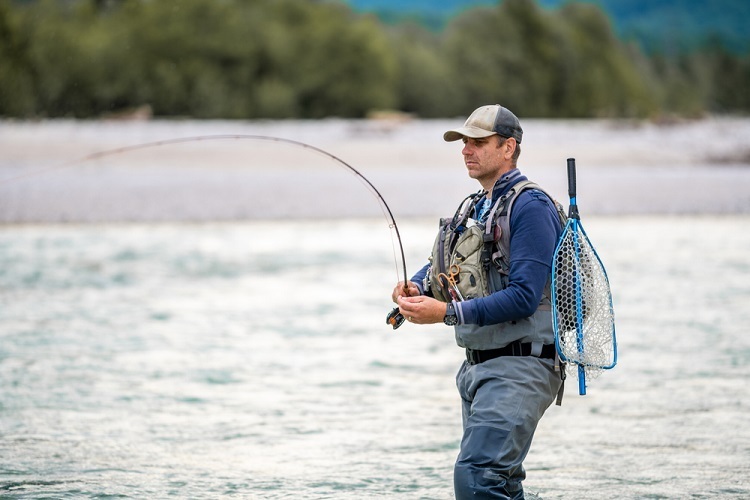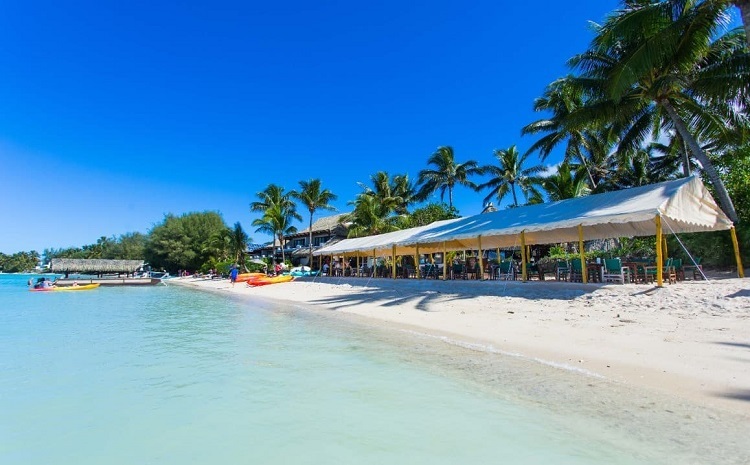
Whether you’re new to fly fishing or an experienced veteran, one of the most overlooked aspects of the sport is making sure you’re choosing the right fly reel. If you’ve gotten yourself a quality fly rod, the next key ingredient is to ensure your fly-fishing reel is well equipped and doing its job properly so that you don’t run the risk of losing an amazing catch. Whether you’re purchasing fly reels online or in person, it’s important to do your research to understand the various factors that will impact your purchase so you can find a reel that’s well suited to your needs.
Table of Contents
Read on to check out these 8 tips for purchasing the perfect fly reel.
1. Choosing the right real for your fishing goals
While this may seem intuitive, it’s important to hammer out what specific species you’ll be fishing for before purchasing your fly fishing reels. The line capacity and specifications of a reel are built with specific species in mind- for example, a trout fly reel is built to sustain a 7 or 8-weight backing line and fly line. In contrast, fly reels for salmon are on the larger end size-wise due to the need for an increase in backing line to accommodate for larger weights. The species you’re looking to catch can have a major impact on the ideal fly reel.
2. Saltwater or Freshwater?
The environment you’re fishing in will also have an impact on whether or not you should be opting for a sealed or non-sealed drag system with your reel. When fishing in saltwater, it’s preferable to use a sealed drag system so that there is a minimized risk of saltwater entering the system and causing corrosion. If you’re fishing in a freshwater environment, then either a sealed or unsealed system will meet your needs.
3. Switching Out Fly-Lines
It’s become common practice for trout anglers to come equipped with a variety of different fly lines in order to match the specific conditions that are presented during a fishing excursion. For those looking to switch up their lines based on the conditions, then using a reel with a multi-cassette spool system is the preferable option because it allows you to set a variety of lines with different densities on the spare spools. This makes switching out fly lines much more efficient while one is fishing.
4. Size Preference
Another important aspect to consider is what your preference is in terms of arbor size. Many fishing enthusiasts prefer a larger arbor as it allows for increased line capacity and helps decrease line memory. However, others prefer a smaller arbor due to its aesthetics, balance, and feel. If you have the chance to test out a few sizes, it’s always a good idea to explore some different options.
5. Handle and Grip
Another important element to explore is what type of handle and grip option works best for you. While many might chalk the handle and grip options up to simple aesthetic preference, the reality is that you’ll be in a wet environment fighting your line, and grip is extremely important. Make sure the reel handle you’re investing in is both comfortable and take some time to test out winding the handle as well.
6. Reel Capacity
Not only is the species of fish important in determining weight, but make sure you’re also factoring in the line capacity of your potential reel and matching it with species as well. For example, the shooting heads that most will purchase for salmon fishing need both a running and backing line, so your reel needs to have the capacity to accommodate this.
7. Reel Weight
The weight of your new reel should also be a factor that you consider before purchasing for a number of reasons. First and foremost, reels that are on the heavier end might be unsustainable if you’re looking to spend large amounts of time fishing as it might cause arm fatigue and arm soreness. Additionally, you’ll want to make sure that the reel is part of a balanced setup, so the other parts of your gear aren’t over or under compensating for the weight difference.
8. Prepping Spare Spools
One of the most frustrating positions to be in is looking for spare spools only to realize that your reel has been discontinued and the price of spools is now exorbitant. There are a few ways to get around this problem, however- first, make sure you buy spare spools from the get-go if you anticipate adding more lines to your kit. There’s also the option of opting for a cassette spool system as well, so just make sure you plan accordingly!
If you’re purchasing fly reels online, make sure you check out some of the amazing options available, and always be sure to do your research to make sure you purchase the right reel for your needs!
Discover the Pinnacle of Luxury in Bangkok
September 18, 2023
Leave a reply Cancel reply
You must be logged in to post a comment.
The upsides Advantages of leasing a car in Dubai
December 24, 2019Top 4 Things to Do With Kids In The Cook Islands
December 1, 2022Five Factors to Consider When Booking a Hostel
January 11, 2020






